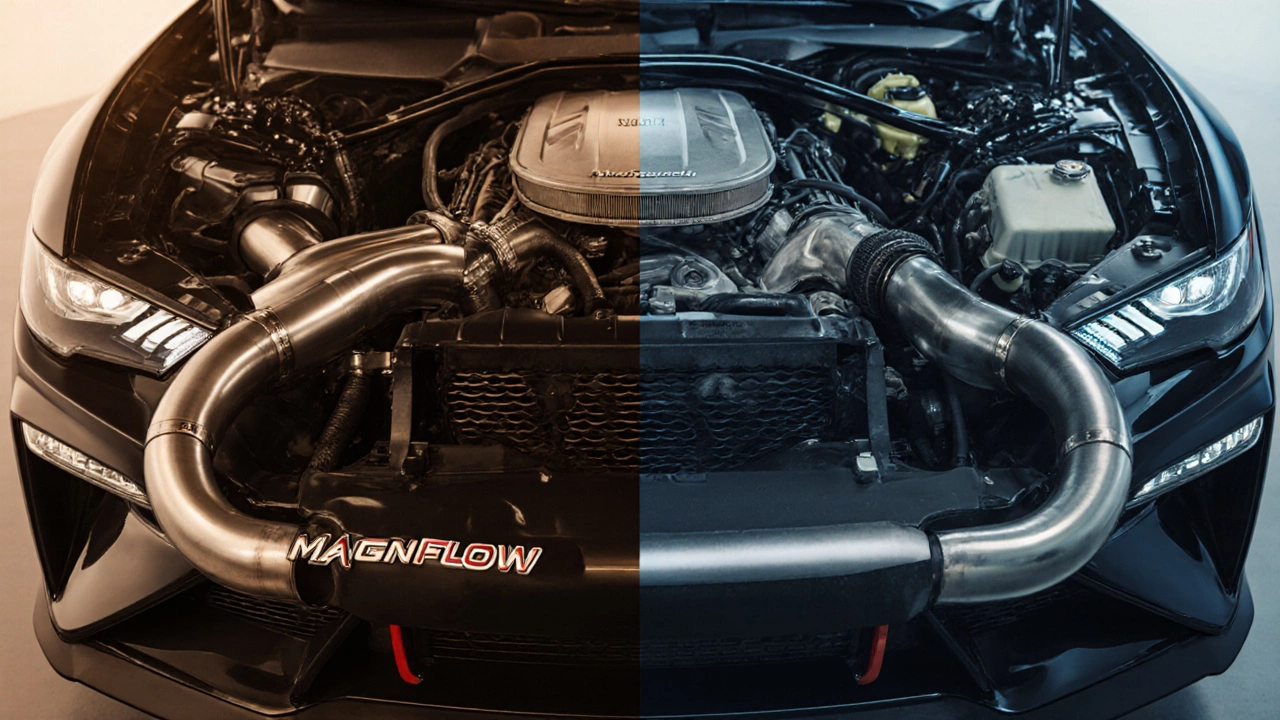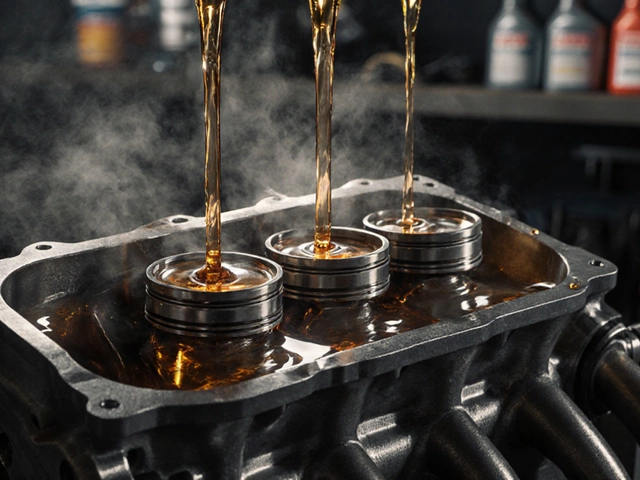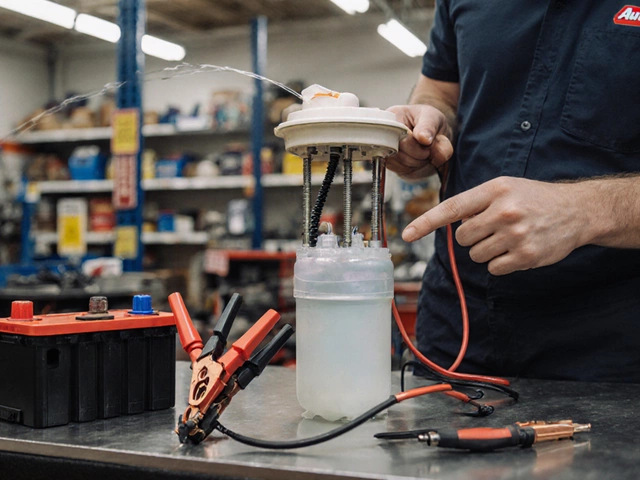Best Exhaust Brand: How to Choose the Right One for Power, Sound and Longevity
When talking about Best Exhaust Brand, the top manufacturers that deliver optimal flow, sound, and durability for street and track use. Also known as top exhaust manufacturers, it sets the benchmark for performance, reliability and compliance.
A Performance Exhaust, system tuned for increased horsepower and a more aggressive tone is the main product you’ll see from these brands. The performance exhaust best exhaust brand connection is clear: the brand’s reputation hinges on how much power and sound their kits can extract from an engine. Picking a brand that excels in flow dynamics usually means you’ll gain 5‑15% more horsepower without sacrificing fuel economy.
What Makes an Exhaust Brand Stand Out?
One key factor is Exhaust Material, the metal composition such as stainless steel, aluminized steel or titanium. Brands that use high‑grade stainless steel tend to resist rust and heat longer, which directly influences durability and maintenance costs. Another factor is the design type – a Cat‑Back Exhaust, a system that replaces the piping from the catalytic converter to the tailpipe often offers the best balance of performance boost and sound control because it keeps the stock catalytic converter while upgrading the rest of the flow path.
Flow efficiency ties closely to the brand’s engineering philosophy. Brands that invest in computer‑aided design (CAD) and flow testing create headers and mufflers that reduce backpressure, which means the engine can breathe easier. When backpressure drops, torque climbs, especially in the low‑to‑mid rpm range where most daily drivers spend their time. This engineering link between brand and flow is why many enthusiasts favor brands that publish flow bench data.
Sound character is another part of the equation. Some drivers love a deep rumble, while others prefer a high‑pitched growl. The best exhaust brand usually offers multiple valve or active‑sound options, letting you dial the tone up or down with a button. This flexibility shows the brand’s commitment to driver experience and compliance with noise regulations, which vary by region.
Emissions compliance can’t be ignored. A reputable brand will design its systems to stay within legal limits, often by using catalytic converters that meet local standards. When a brand’s exhaust passes the same emissions test as the stock system, you avoid costly fines and keep your car street‑legal. This relationship between brand reputation and emissions compliance is a critical semantic link for any buyer.
Price positioning also reveals a brand’s market segment. Budget brands may cut corners on material or testing, while premium brands justify higher costs with extensive warranties, lifetime support and proven performance gains. Understanding where a brand sits on the price‑quality spectrum helps you set realistic expectations for power, sound and longevity.
Installation ease matters for DIYers. Brands that ship with pre‑bent piping, comprehensive instructions and all necessary hardware reduce installation time and error risk. This practical aspect connects the brand to the end user’s skill level, making the purchase decision more than just about specs.
Customer support and community presence are soft factors that still influence brand perception. A brand that actively engages on forums, provides technical help and releases regular software updates for active‑valve systems shows a commitment beyond the point of sale. This ongoing relationship often translates into better long‑term satisfaction.
When you compare brands, look for third‑party reviews that test real‑world horsepower gains, decibel levels and durability under harsh conditions. Independent data points reinforce the brand’s claims and help you avoid marketing hype. This verification step bridges the gap between advertised performance and actual results.
Finally, consider your vehicle’s specific needs. A sports car with a high‑revving engine benefits from a free‑flowing cat‑back system, while a daily driver might prioritize a low‑profile muffler to keep street noise down. Matching the brand’s product line to your car’s characteristics ensures you get the most out of your investment.
Below you’ll find a curated selection of articles that dive deeper into each of these aspects – from material comparisons and sound tuning to real‑world horsepower tests and legal noise limits. Use them as a roadmap to pinpoint the best exhaust brand for your ride, budget and performance goals.

MagnaFlow vs Flowmaster: Which Exhaust Brand Wins?
Compare MagnaFlow and Flowmaster exhausts on performance, sound, durability, price, and installation to decide which suits your car best.
CONTINUE READING







